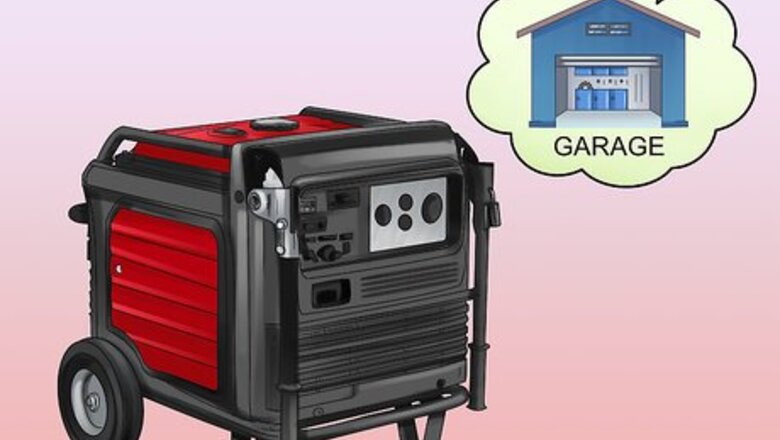
views
Keep your generator clean, dry, secure, and ready to gas up and use. Don't let it rust, get stolen, or - if you don't use it except in emergencies - gum up from months-old, separated "spoiled" gasoline. (Propane and diesel keep much longer). Keep it oiled, keep any starter battery charged, and keep a fresh supply of fuel or a proper container and siphoning device if it burns the same thing as your car, available.
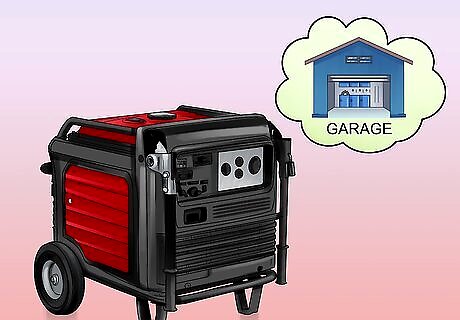
Set up your generator at least fifteen feet (five meters) away from windows when the time comes to use it. Most generators run on fuel such as gasoline or diesel, so the machine must be in a location that will allow the exhaust to dissipate. Small engines don't have catalytic converters so they produce much more poisonous exhaust than cars. To protect the running generator from heavy rain and the user from loose connections, some people make little roofs (which have no walls) or buy "gen-tents" (which look like little hats, not normal space enclosing tents) for them.
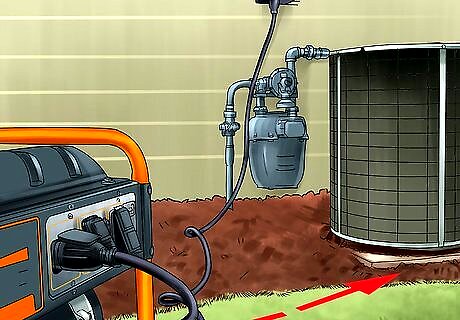
Measure the distance between the sump pump and the generator outside. Use this measurement to determine how long of an extension cord you will need when you install the generator to the sump pump. You may require multiple extension cords.
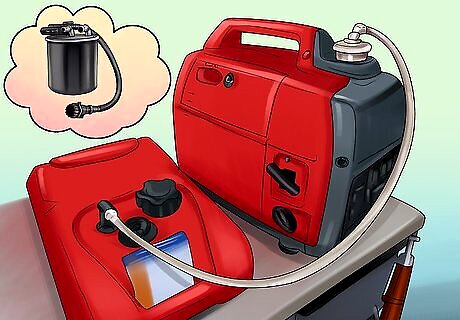
Fill the generator with fuel until the tank is full.
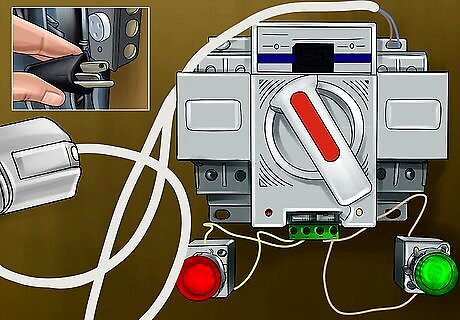
Start the generator, and while it is running, connect the extension cord to the sump pump plug briefly to make sure the sump pump is working properly. You will know the pump is working because you will hear the water being pumped away from the building and you will see the water begin to drain in the sump pump hole. Once you know the pump is working, make sure water continues to drain and is sent away from the building until the water is at a low level in the pump hole.














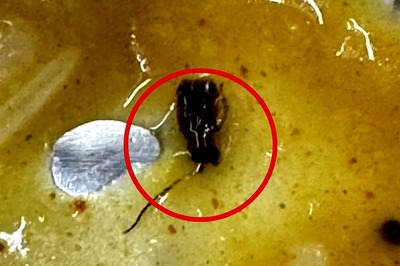




Comments
0 comment